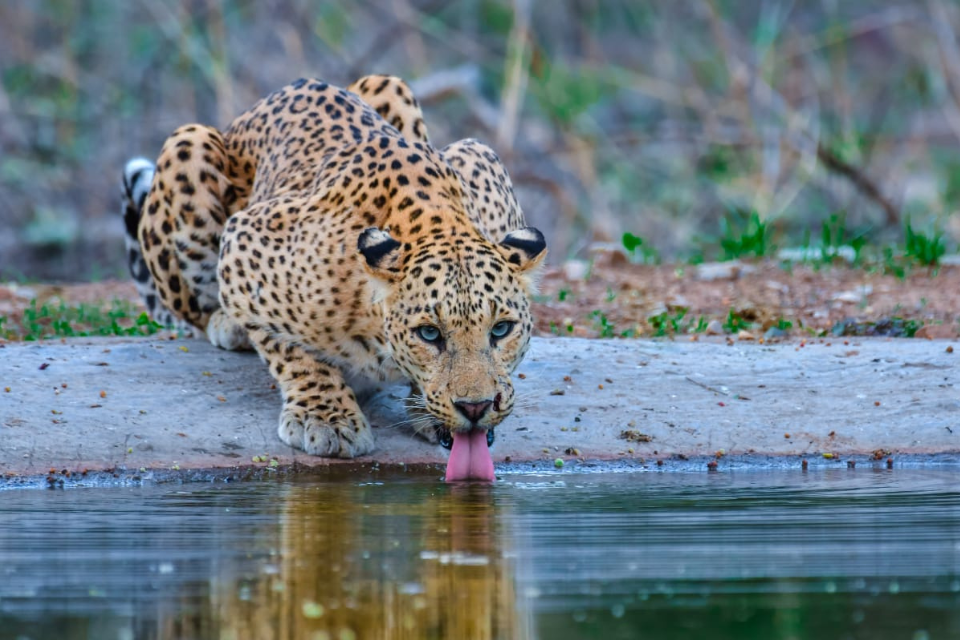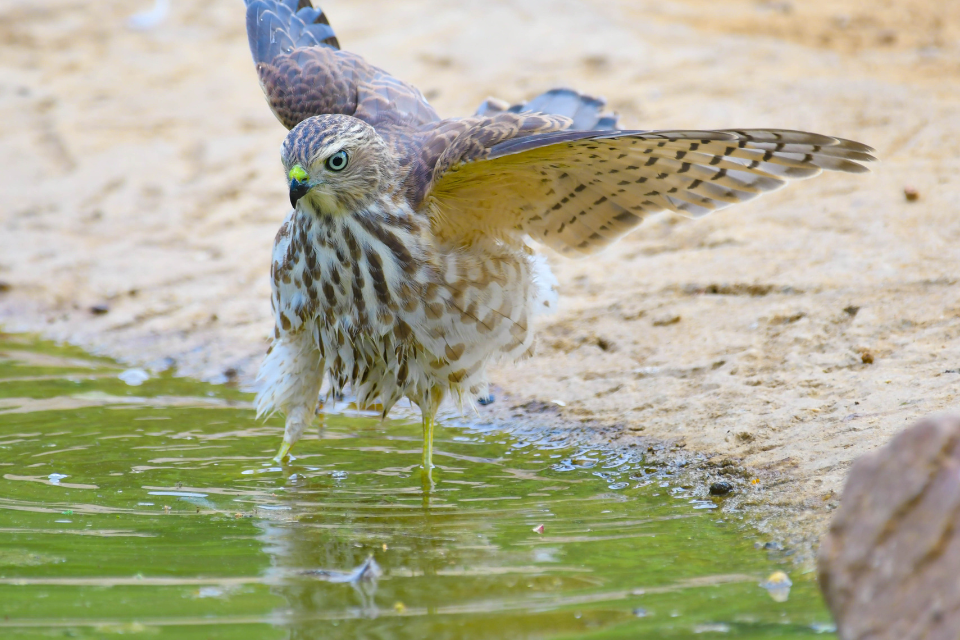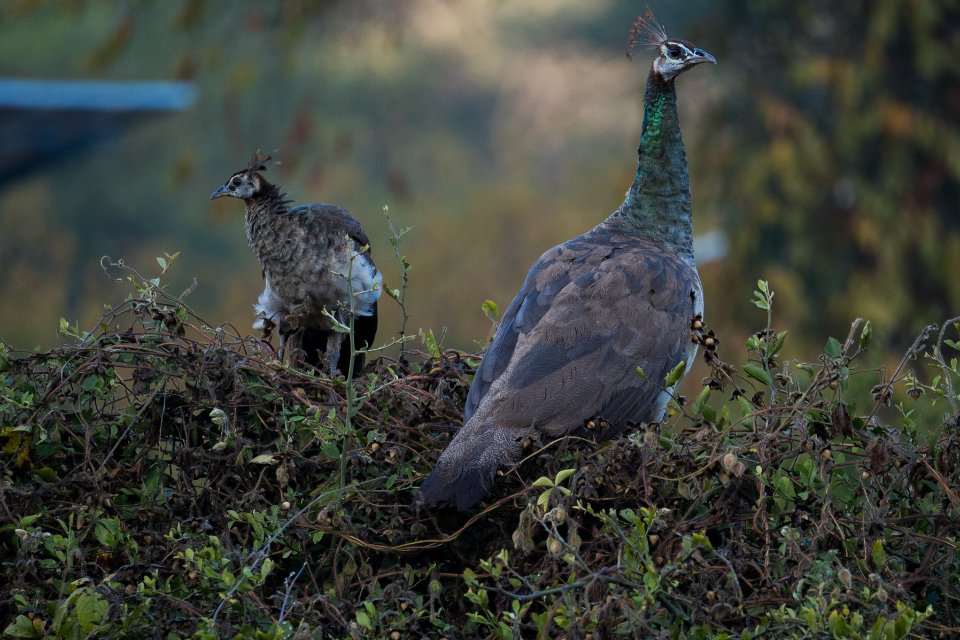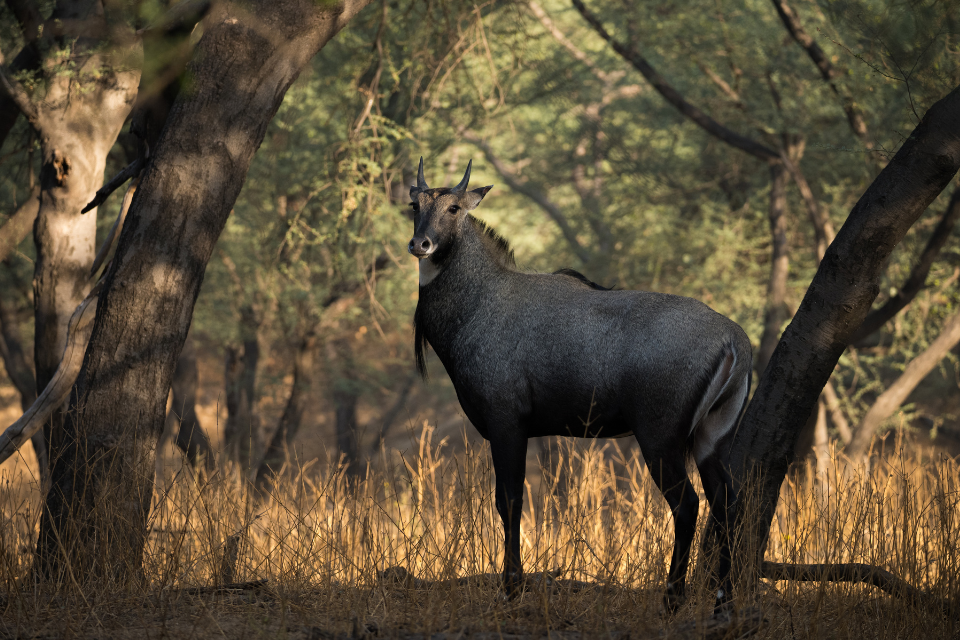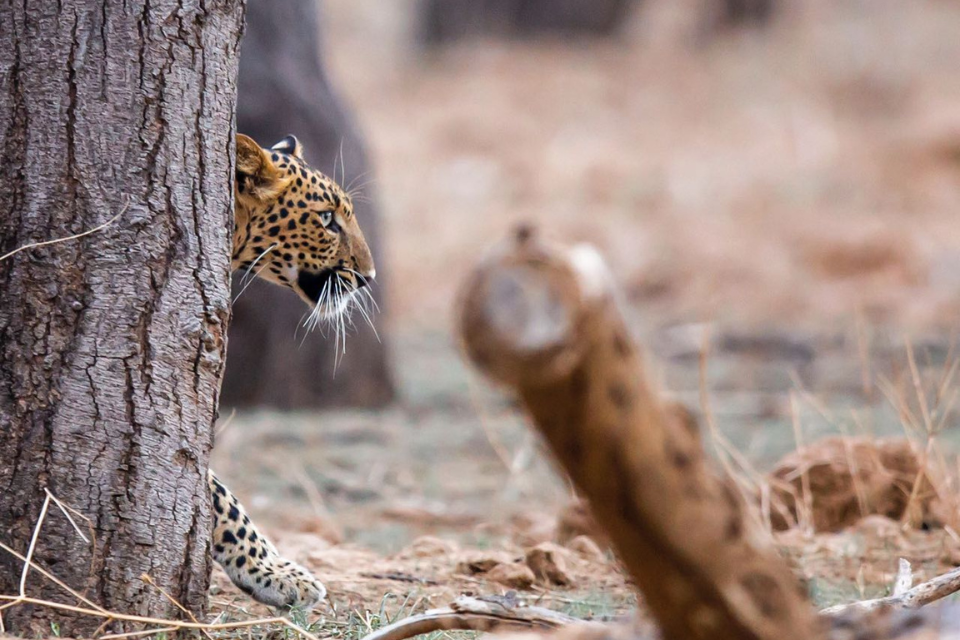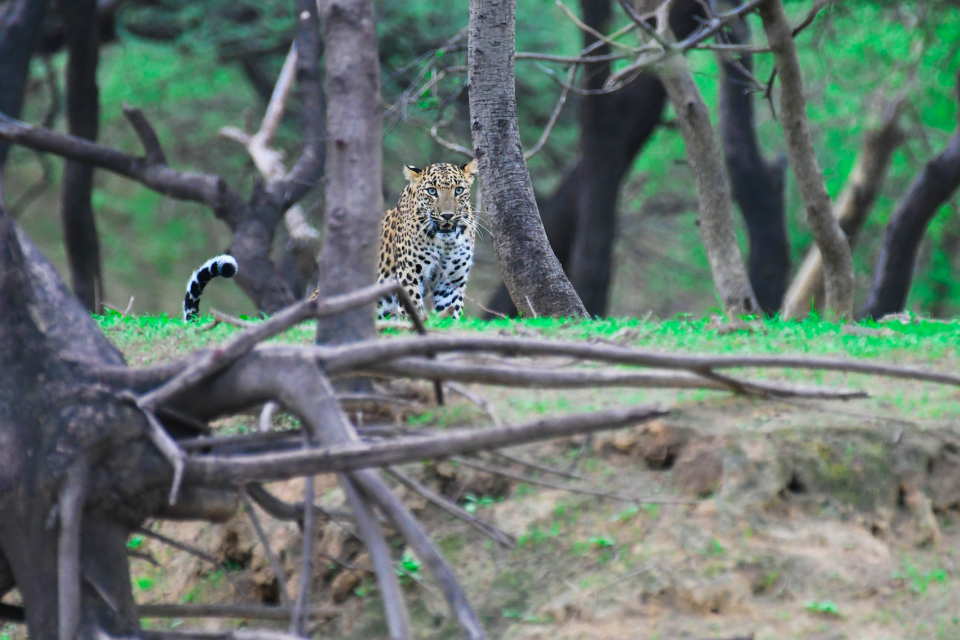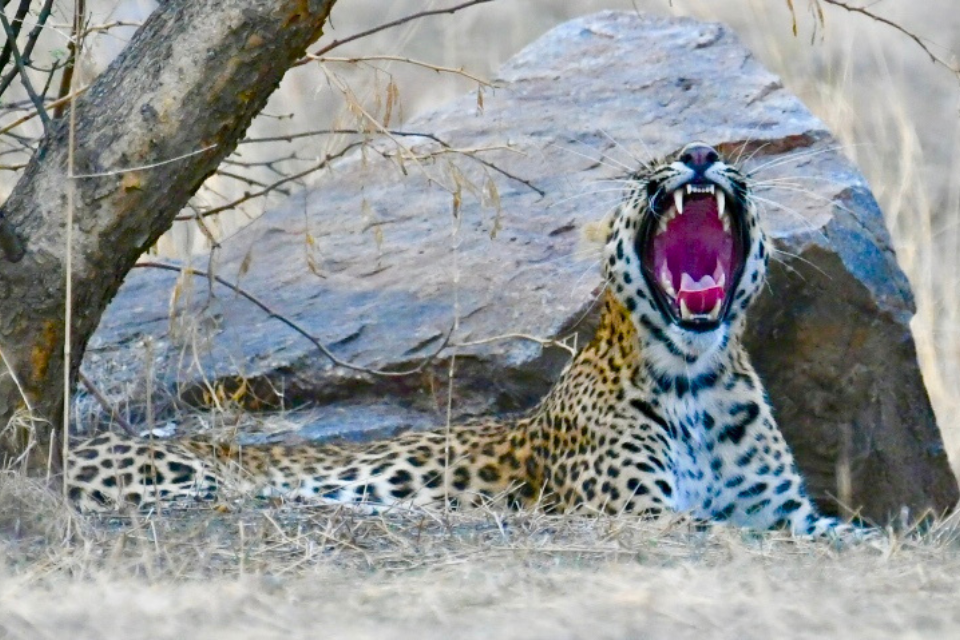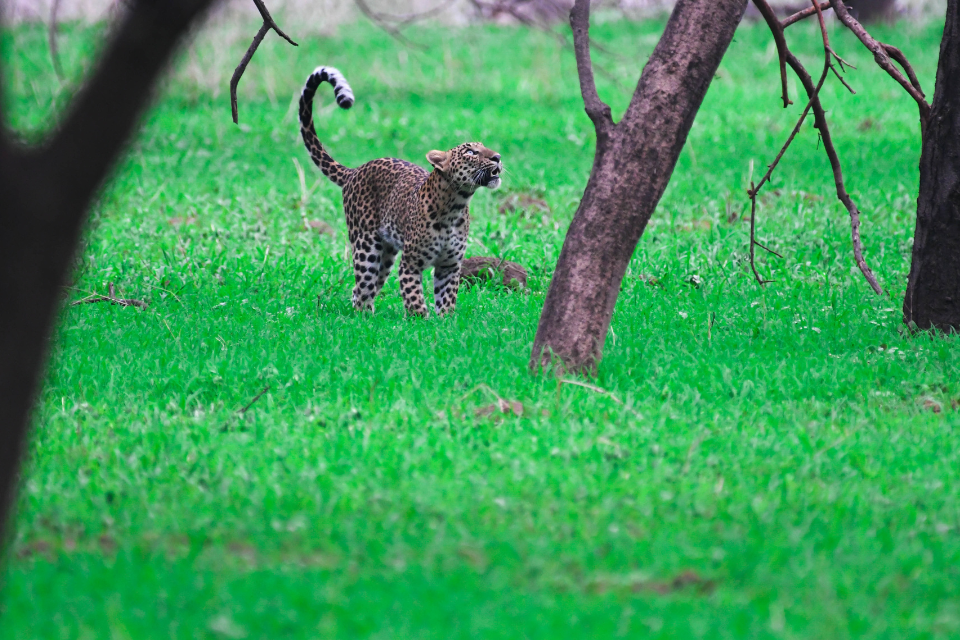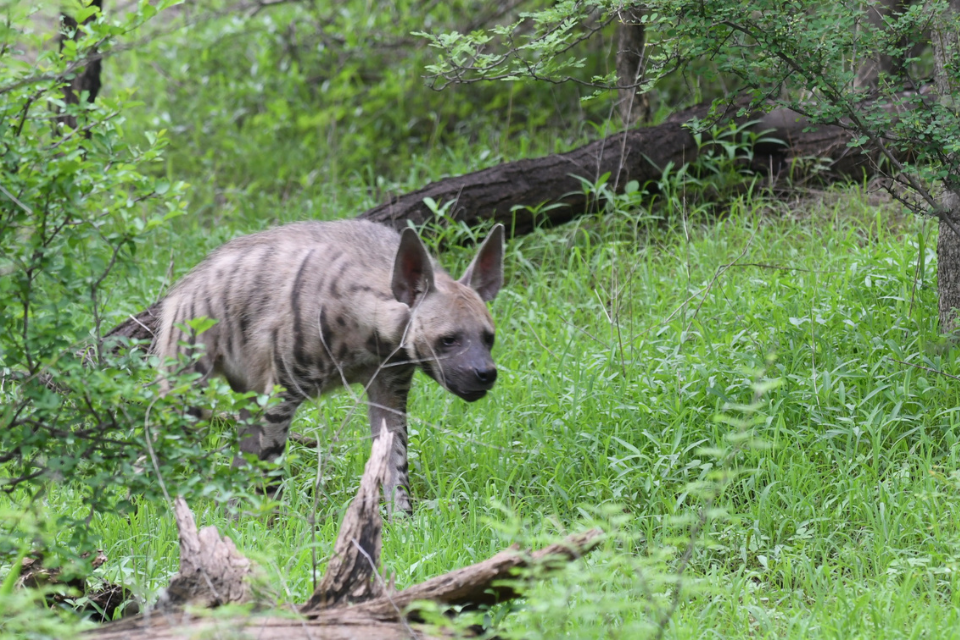- March 11, 2025
From Siberia to Rajasthan: The Epic Journey of Bar-Headed Geese
Imagine a bird flying higher than Mount Everest, battling freezing temperatures and strong winds, traveling 5,000 kilometers non-stop to escape the harsh Siberian winter. This is the epic migration of the Bar-Headed Goose (Anser indicus), one of the world’s most extraordinary migratory birds.
Every winter, these incredible high-flyers leave the icy lakes of Siberia, Mongolia, and Tibet and make their way to the wetlands of Rajasthan, including the famous Keoladeo National Park. This journey is one of the most extreme migrations in the animal kingdom, making the Bar-Headed Goose a true marvel of nature.
Let’s dive into the amazing story of how these birds travel from Siberia to Rajasthan, why they choose India as their winter home, and the challenges they face along the way.
- Meet the Bar-Headed Goose – The Everest Flyer
📌 Scientific Name: Anser indicus
📌 Family: Anatidae (Ducks, Geese, and Swans)
📌 Wingspan: 140 – 160 cm
📌 Weight: 1.8 – 3 kg
📌 Lifespan: 10 – 15 years
🦢 How to Recognize a Bar-Headed Goose?
✔ Greyish-white body with black bars on its head.
✔ Bright orange beak and legs, making it stand out.
✔ Long, powerful wings built for high-altitude flying.
🚀 Fun Fact: Bar-Headed Geese are the highest flying birds in the world, regularly reaching altitudes of over 30,000 feet (9,000 meters)—higher than commercial airplanes!
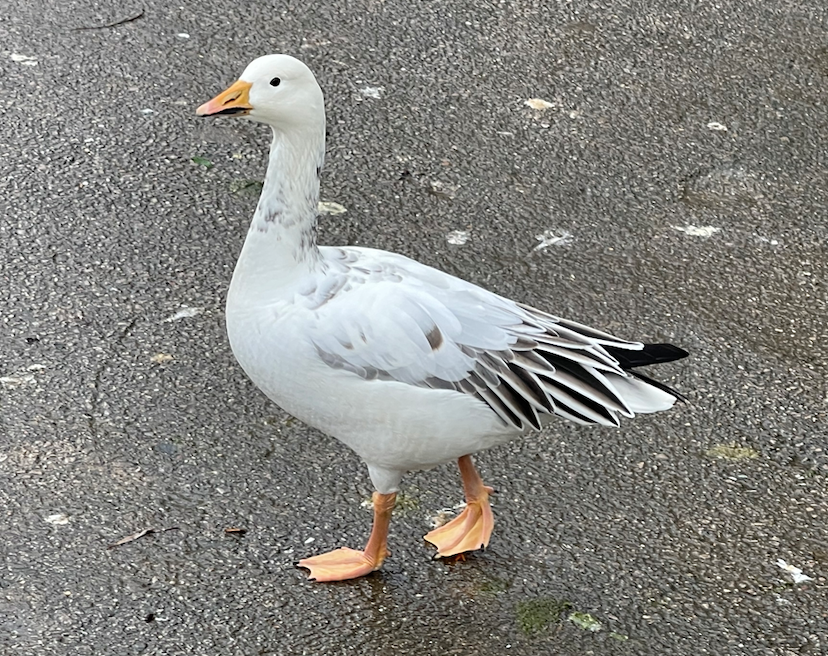
- The Epic Migration: From Siberia to Rajasthan
The Bar-Headed Goose migration is one of the longest and most extreme in the bird kingdom. They travel over 5,000 km, crossing massive mountains, dangerous weather, and harsh landscapes to reach India.
🌍 Migration Route:
- Summer Breeding Grounds – Siberia, Mongolia, Tibet
- The Great Himalayan Crossing – Flying over Everest & the Himalayas
- India’s Wetlands – Rajasthan, Uttar Pradesh, and Madhya Pradesh
- Winter Resting & Feeding – Keoladeo National Park, Sambhar Lake, and other wetlands
🚀 Fastest Migration: Some flocks complete the journey in just one day, flying non-stop over the Himalayas at breathtaking speeds!
- The Science Behind Their High-Altitude Flight
Most birds cannot survive at such extreme altitudes due to lack of oxygen and freezing temperatures, but Bar-Headed Geese have evolved special adaptations:
✔ Supercharged Blood: Their hemoglobin is highly efficient, absorbing oxygen even in thin air.
✔ Strong Wing Muscles: Their enlarged chest muscles generate extra power.
✔ Energy-Efficient Flying: They glide on air currents, using less energy.
✔ Heat Regulation: Their feathers trap body heat, keeping them warm at high altitudes.
🚀 Fun Fact: Scientists studying Bar-Headed Geese found that they can fly at altitudes above 30,000 feet (higher than Everest climbers!).
- Why Do They Migrate to Rajasthan?
Bar-Headed Geese leave Siberia’s frozen lakes in search of warmer, food-rich wetlands. Rajasthan provides:
✔ Mild Winters – No extreme cold like Siberia.
✔ Abundant Food – Seeds, aquatic plants, and small insects.
✔ Safe Wetlands – Protected areas with fewer predators.
🚀 Fun Fact: Unlike many migratory birds, Bar-Headed Geese are comfortable around humans, often seen in agricultural fields near wetlands.
- Best Places to See Bar-Headed Geese in Rajasthan
If you want to witness the majestic Bar-Headed Geese, head to these famous birdwatching locations:
🏞 Place | 📍 Location | 🔍 Best Time to Visit |
Keoladeo National Park | Bharatpur | October – March |
Sambhar Lake | Near Jaipur | December – February |
Tal Chhapar Sanctuary | Churu | November – March |
Mansagar Lake | Jaipur | December – February |
Gajner Lake | Bikaner | November – March |
🚨 Best Time for Birdwatching: Early mornings (6 AM – 9 AM) and late afternoons (4 PM – 6 PM).
- Threats to Bar-Headed Geese
Despite their incredible migration skills, Bar-Headed Geese face serious threats:
⚠️ Habitat Destruction – Wetlands are being drained for agriculture and urban expansion.
⚠️ Pollution – Plastic waste and pesticide runoff contaminate water bodies.
⚠️ Hunting & Poaching – In some regions, they are illegally hunted for meat.
⚠️ Climate Change – Rising temperatures are disrupting migration patterns.
Solution: Conservation efforts, stricter protection laws, and eco-tourism can help preserve these incredible birds.
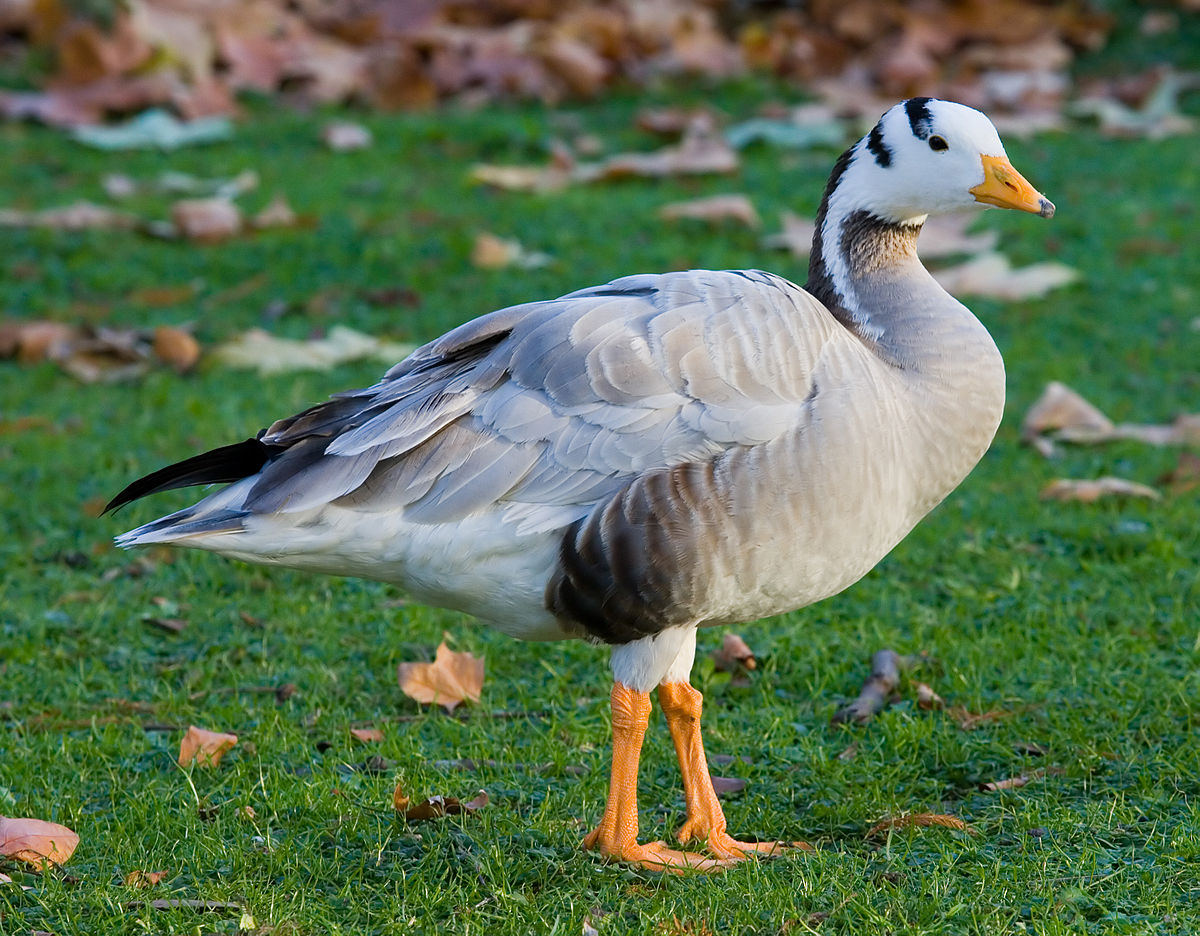
- How to Be a Responsible Birdwatcher?
If you’re lucky enough to see Bar-Headed Geese in Rajasthan, follow these ethical birdwatching tips:
✔ Use binoculars instead of getting too close.
✔ Do not feed wild birds; it disrupts their diet.
✔ Avoid making loud noises; birds are easily frightened.
✔ Carry a camera with a zoom lens for photos instead of disturbing birds.
✔ Never litter in wetlands or bird sanctuaries.
🚀 Pro Tip: Join a guided birdwatching tour in Keoladeo National Park for the best experience!
- Conclusion: Nature’s Ultimate Flyers
The journey of Bar-Headed Geese from Siberia to Rajasthan is one of the greatest migrations in the natural world. These birds:
✔ Fly at record-breaking altitudes, higher than Mount Everest.
✔ Travel over 5,000 km in extreme conditions.
✔ Play a crucial role in maintaining wetland ecosystems.
By protecting Rajasthan’s wetlands, we ensure that future generations can witness this breathtaking migration.
🌍 Have you ever seen Bar-Headed Geese in Rajasthan?
Disclaimer All images used in this blog are either sourced from public domain or credited to their respective owners. If you are the copyright holder of any image and wish to request its removal or proper attribution, please contact us at [email protected]



